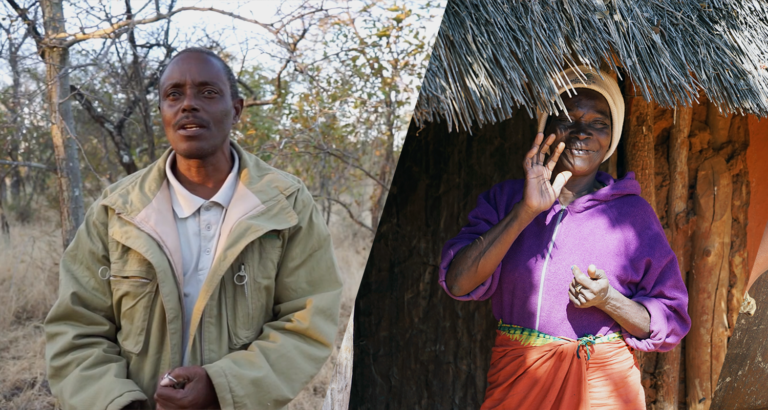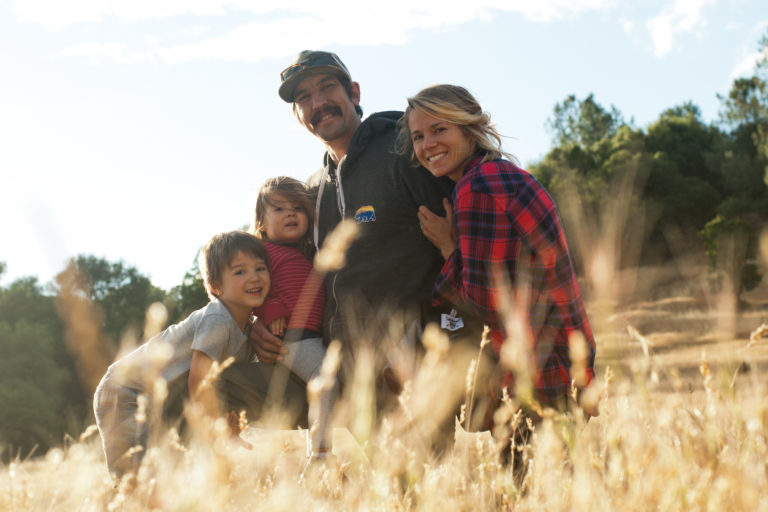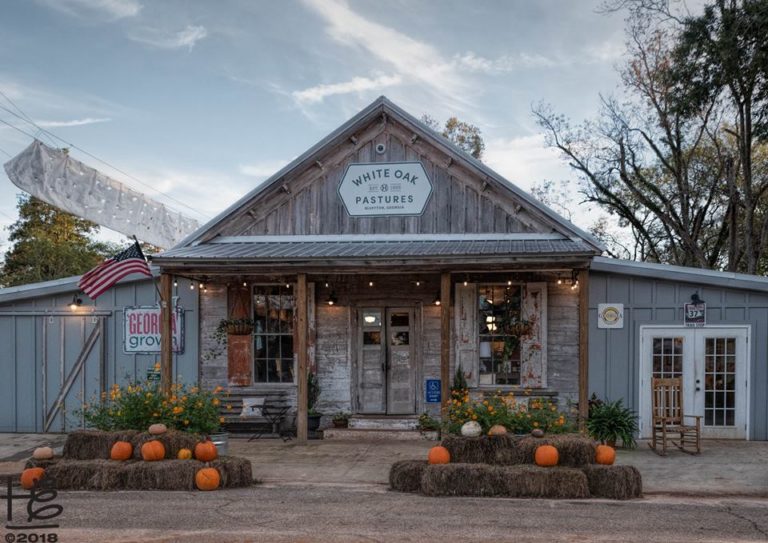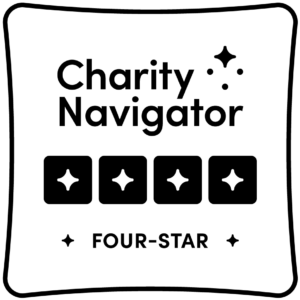Spencer and I, leaders of the Jefferson Center for Holistic Management, a Savory Network Hub candidate in Northern California, spent early December in Chico, California along with the Hub candidates from Arizona and Kansas, Dr. Cyndi Daley of Chico State and Savory Institute Senior Program Director Byron Shelton. Byron provided an intensive Holistic Management training as we’re en route to becoming professional educators and hub leaders. We rented a house in Chico and spent each day at the Chico State University Farm in the classroom and then pulling on our boots and rain jackets and trudging out into the pastures to read the land. Rain or shine we headed out. During the 8 days we covered advanced training on holistic financial planning, land planning, biological monitoring, grazing planning and decision-making.
After the training I was inspired to write this brief primer on Holistic Management principles to help people in their journey towards success:
1. Holistic Management
Holistic Management is fundamentally a decision-making process. It is a method of defining the whole under management, bringing the decision makers who affect that whole together to define the end result that they deeply desire for the projects they are managing (a business, a family, yourself, a ranch or piece of land). These desires can be thought of as the “why”–why are we doing something? What is the purpose? It is the underlying forces of our actions. These are separated out from the actions that we take, such as buying a new product, deciding to go to college or not, etc. When we completed this exercise as a group, it was clear that most people in an organization of any type usually agree on the why (to have healthy land, clean water, safe families, etc.) but wars are waged over the how (the actions). The real power of holistic management comes from clearly defining the why and then testing each action against that why (or in other words: against the holistic context). The beauty of the testing process is that it takes the emotion out of the action being debated and frees people to focus on the the shared outcomes we all desire.
2. Holistic Financial Planning
Each enterprise on a ranch or farm must be evaluated based on it’s own income and expenses. The other piece of holistic financial planning that really makes it stand out is that income and profit are planned first and then set aside in an untouchable category. How many people ask themselves first how much profit they want to make in a year? Or do we usually look at our expenses, figure out what income we need to cover them and stash away or reinvest whatever we have left over? Once planned profit and income are set aside the expenses are scrutinized. What a different exercise this is than shuffling around profit to cover enterprises that aren’t pulling their own weight and trying to make ends meet. Financial decisions that go into building the budget are tested against a ranch or businesses or family’s holistic context to make sure they are leading toward true sustainability.
3. Land Planning
After pouring over spreadsheets and the self-reflection holistic financial planning requires, we were ready to get out to Dr. Cyndi Daley’s ranch near Oroville and spend even more time examining the land. We learned about basic and comprehensive biological monitoring at Guidici Ranch. And it didn’t rain! Although the storm from earlier in the week started the annual creeks running again and made some parts of the ranch inaccessible. Biological monitoring takes place at the soil surface because this is going to show the first signs of change–the effects of management changes. While counting wildlife numbers, production capacity and even grass species is important, to get the quickest feedback on the effects of a management decision, look at the soil surface. So we spent all day in the field learning how the soil surface can tell us about the status of the ecosystem processes there. For example, while standing water and fast running creeks may be a welcome sight after last year’s drought, it also can be a sign of compacted soil that is lacking the organic matter to absorb and hold water. This means the water cycle and mineral cycle (the process of plants growing and decaying) are compromised, it also means the community dynamics (the microbes and small organisms in the soil) are weak.
4. Biological Monitoring
Biological monitoring is about learning to understand what the land is telling us, not rank it as “good,” “bad,” etc. It is about the potential of the land. The data collected from biological monitoring is for feedback on management decisions. And it is really fun. At Guidici Ranch, we noticed the depth of organic matter (plant litter) to be much higher under a stand of oak trees in one field. As we stood back and looked across the field it was a noticeable difference. And the health of the soil under the trees translated into larger plants and more small organisms in that area. This could be from the increased animal impact under the trees as the cattle like to spend time in the shade of these giant oaks in the summer. The canopy of the trees also slows evaporation and the leaves provide litter to cover the soil. Once I started seeing the land in terms of healthy ecosystem processes or interrupted ecosystem processes, every player in the cast became an amazing source of wonder, from the towering old oaks in the field, to the tiny spiders crawling across a blade of grass, to the herd of Cyndi’s cattle moving as one across the field. A day spent on hands and knees combing through the soil surface was well worth this new way to see the world.
Learn More
Interested in learning more and taking your life and business to the next level of efficiency? Take the Foundations of Holistic Management online courses, then look into connecting with a Savory Network Hub in your region to take additional training.





